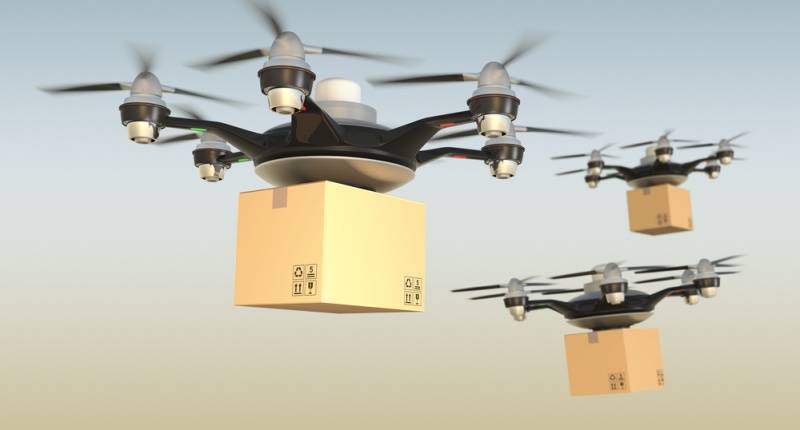Unmanned Aerial Systems (UAS) and Unmanned Traffic Management (UTM)

Successful military use of Unmanned Aerial Systems (UAS) and UAS operators in US and internationally has called for an Unmanned Traffic Management System (UTM). As UAS vehicles adoption for tasks such as crop dusting, package delivery, and even pizza delivery there has been a growth in use of UAS vehicles in low-altitude, uncontrolled airspace. This has lead to pilots, flying in controlled airspace, reporting many conflicts with UAS vehicles operating near their flight paths or major airports. Hence, a traffic management structure is needed to properly organize and manage low-altitude UAS flight operations. UTM is conceptualized as autonomous management and control of small, low-flying UAS operating in mostly uncontrolled airspace within and around the controlled airspace.
The NASA UTM project seeks to integrate and manage small UAS operations in the National Airspace System (NAS). More specifically, the UTM project pursues maintaining as much autonomy as possible including reduction of human oversight and facilitation of safe and efficient low altitude UTM operations. In preliminary stages of this project, the UTM manager’s tasks are similar to that of a commercial airline pilot during stable cruise flight in which the operator spends most of their time monitoring the automation to ensure efficient flight progress and respond to alerts that signal off nominal system status and/or flight conditions (Battiste et al., 2016). In this case, the UTM manager can intervene when a conflict is present.
References
Battiste, V., Dao, A. Q. V., Strybel, T. Z., Boudreau, A., & Wong, Y. K. (2016). Function Allocation Strategies for the Unmanned Aircraft System Traffic Management (UTM) System, and Their Impact on Skills and Training Requirements for UTM Operators. International Federation of Automatic Control, 49(19), 42-47, doi:10.1016/j.ifacol.2016.10.459





